A full day of use after half an hour of charging? Let's have a taste of Apple. Even with the latest iPhone 13, the company says you'll only charge 50% of the battery capacity in that time. And of course only wired and with a more powerful 20 W adapter. The competition is completely different, but even so, Apple does not want to keep up with it.
7,5, 15 and 20 – these are the three numbers that characterize Apple's approach to charging its iPhones. The first is 7,5W wireless charging in the Qi standard, the second is 15W MagSafe charging and the third is 20W cable charging. But we already know the form of 120W wireless charging and 200W charging with the help of a cable. It might seem like Apple is fighting tooth and nail against advances in charging speeds, and to a certain extent, that's true.
It could be interest you

Apple is afraid of fast charging
Mobile phone batteries are constantly getting bigger, but this is only minimally noticeable in their durability. Of course, this is due to new demands, such as larger and more energy-demanding displays, as well as chips powering the most modern games and taking the most perfect photos. As the device ages, so does its battery, which then can't deliver as much juice to the device and therefore slows down its performance. So that was the case before, and Apple stumbled here considerably.
Users have complained that their iPhone slows down over time, and they were right. Apple lost its pants because it was paying huge fines and brought the Battery Health feature as a remedy. In it, everyone can decide whether they would rather squeeze the battery as much as possible, but while maintaining full performance, or throttle it a little so that the device lasts longer. The problem here is that Apple doesn't want its batteries to die before they have to, and since it's the one that destroys it the most, it limits it.
It could be interest you
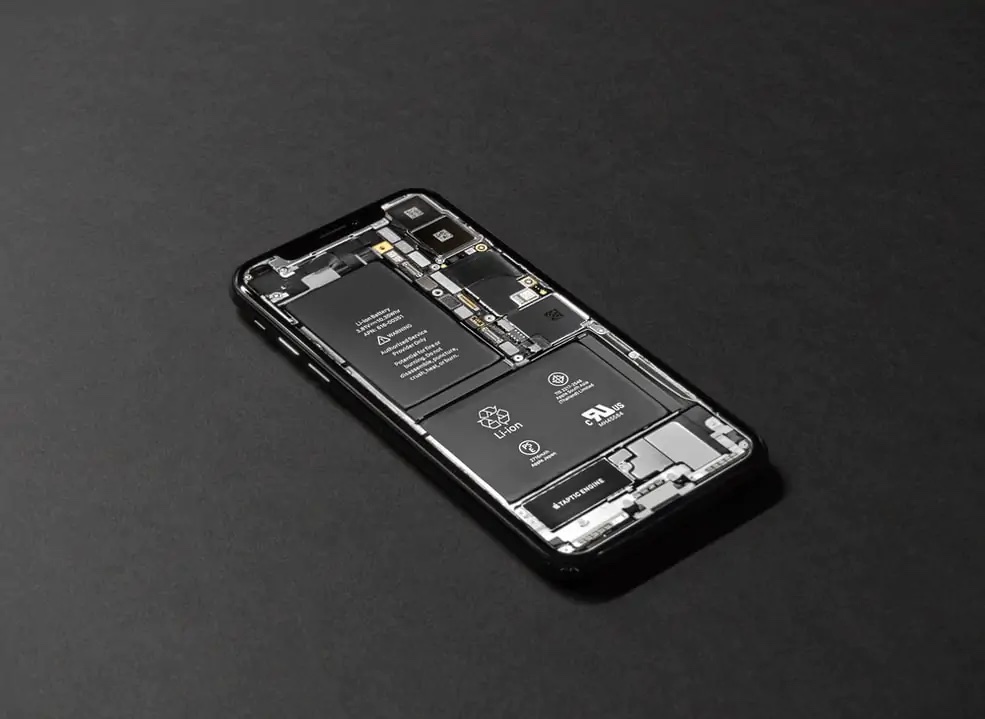
Combined charging
Consider that you can charge the iPhone 13 from 0 to 50% in 30 minutes, but the Xiaomi HyperCharge technology can charge a 4000mAh battery from 0 to 100% in just 8 minutes (iPhone 13 has 3240 mAh, iPhone 13 Pro Max has 4352 mAh). Many manufacturers call their charging by different names. There is Qualcomm Quick Charge, OnePlus Warp Charge, Huawei SuperCharge, Motorola TurboPower, MediaTek PumpExpress, and maybe just USB Power Delivery, which is used by Apple (and also by Google for its Pixels).
It is a universal standard that can be used by any manufacturer and can be used to charge not only iPhones but also laptops. And even though it has far more potential, Apple is limiting it. Here, fast charging takes place only up to 80% of the battery capacity, then it switches to maintenance charging (reduces the electric current). The company says that this combined process not only allows for faster charging, but also extends battery life.
Apple also offers charging optimization in its devices (Settings -> Battery -> Battery health). This feature learns how you use your device and charges it accordingly. So if you go to bed at night and put your iPhone on the charger, which you do regularly, it will only charge to 80% capacity. The rest will then be recharged well before you wake up at your regular time. Apple justifies this by saying that this behavior will not unnecessarily age your battery.
It could be interest you
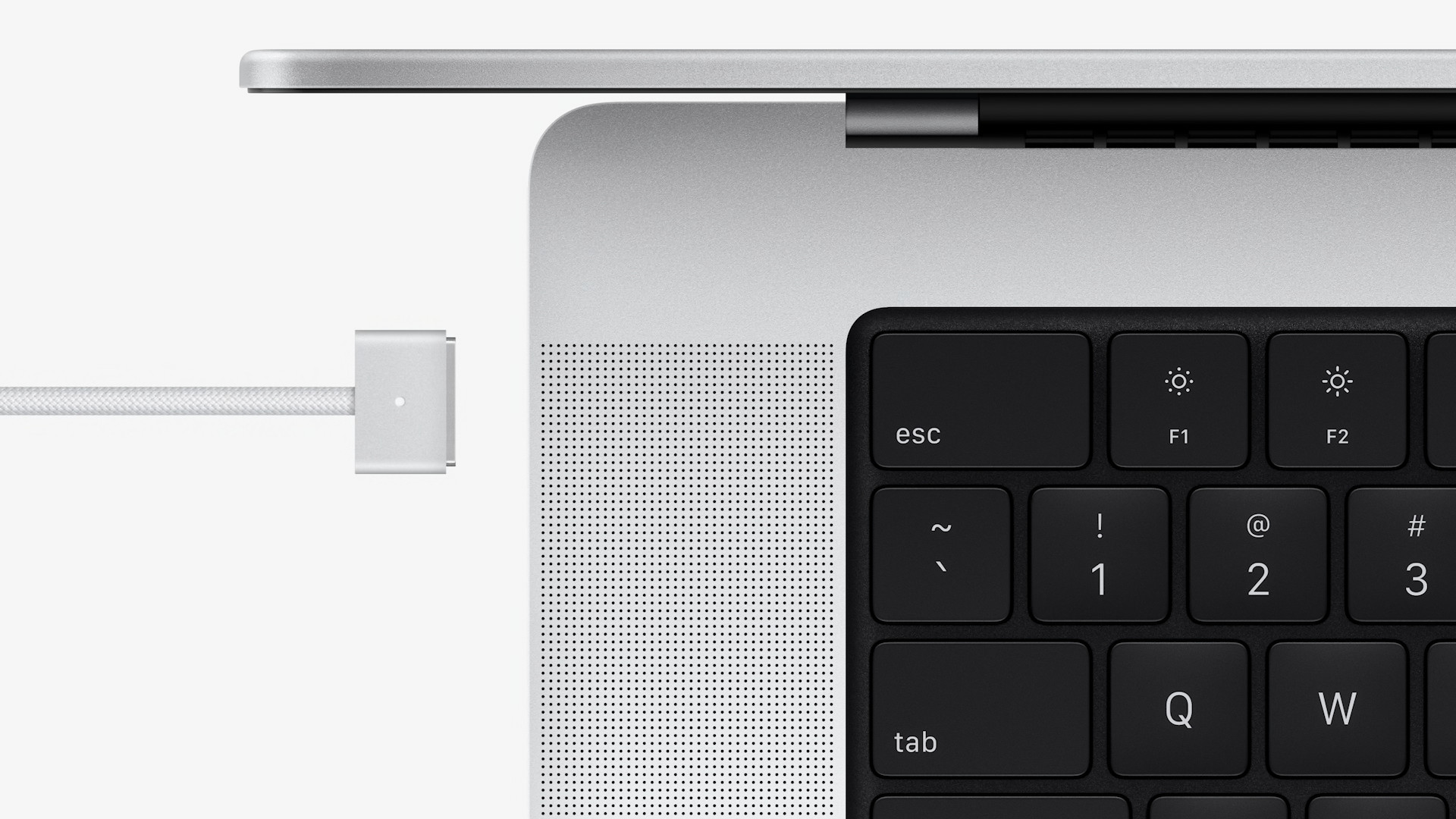
If Apple wanted to, it could have joined the fight for the fastest charging a long time ago. But he doesn't want to, and he won't want to either. So customers have to accept that if iPhone charging speeds increase, they will increase slowly. Of course, it also has an advantage for them - they won't destroy the battery so quickly, and after some time it will still have sufficient capacity for the exemplary performance of their device.
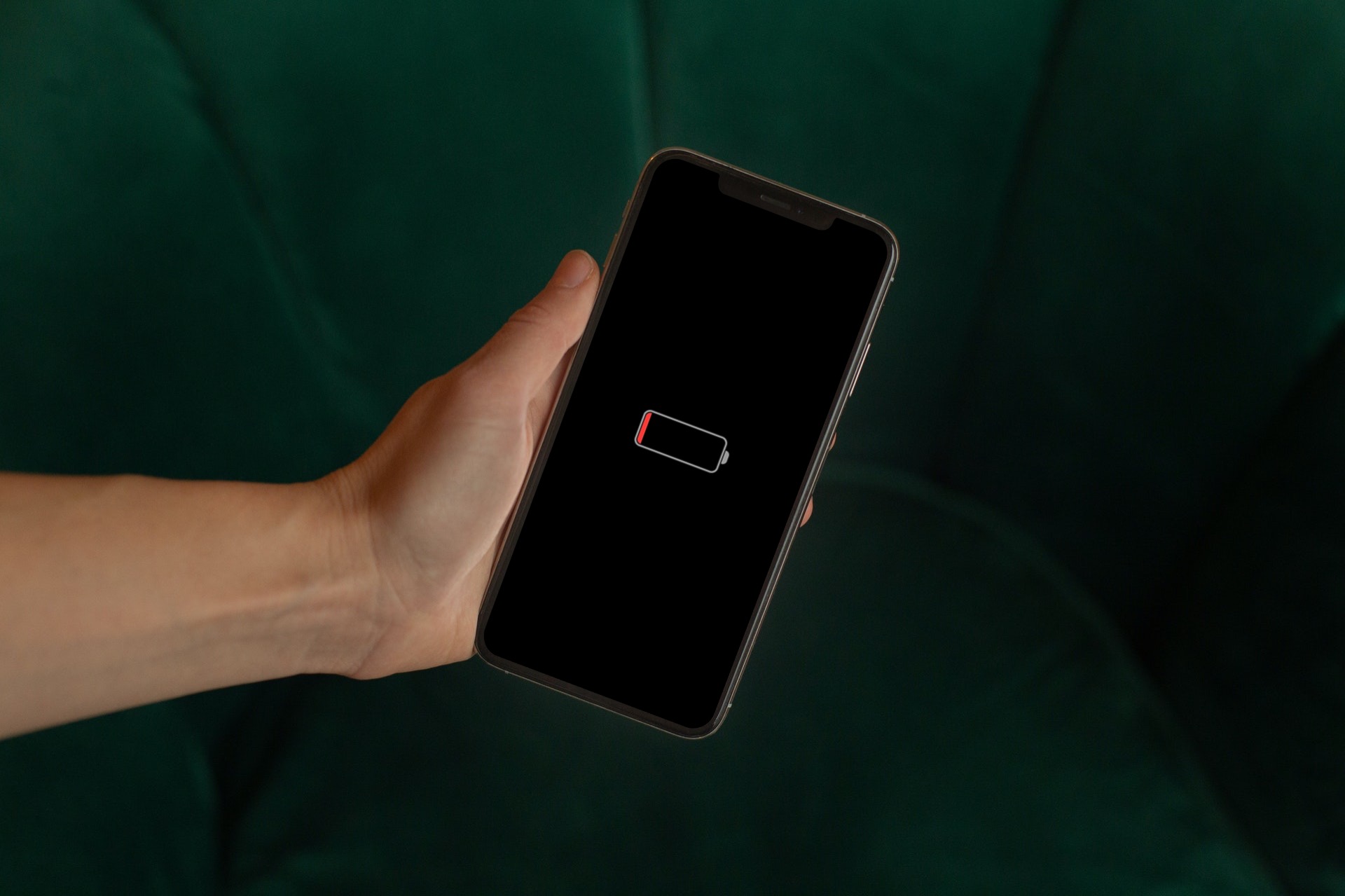
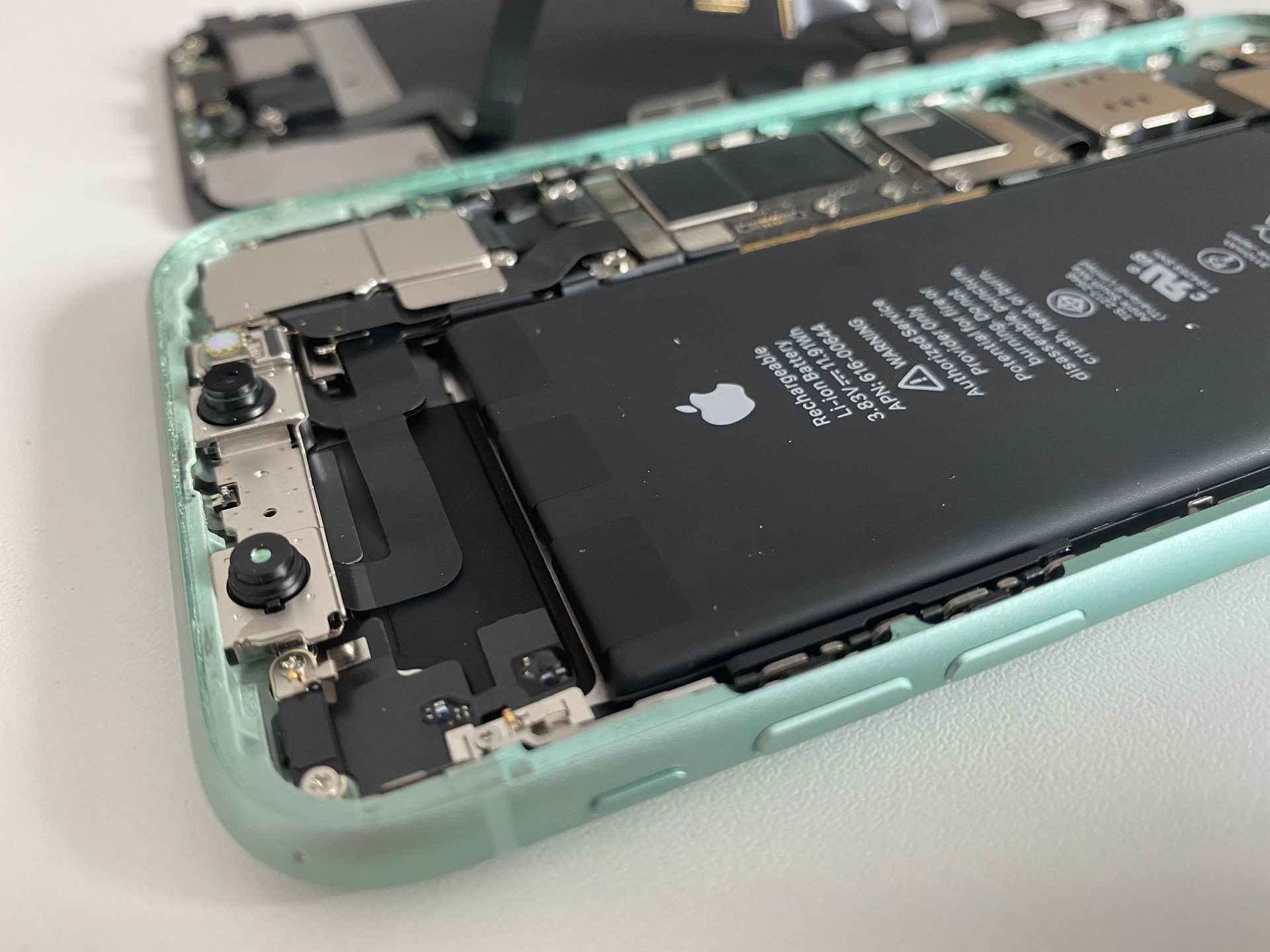
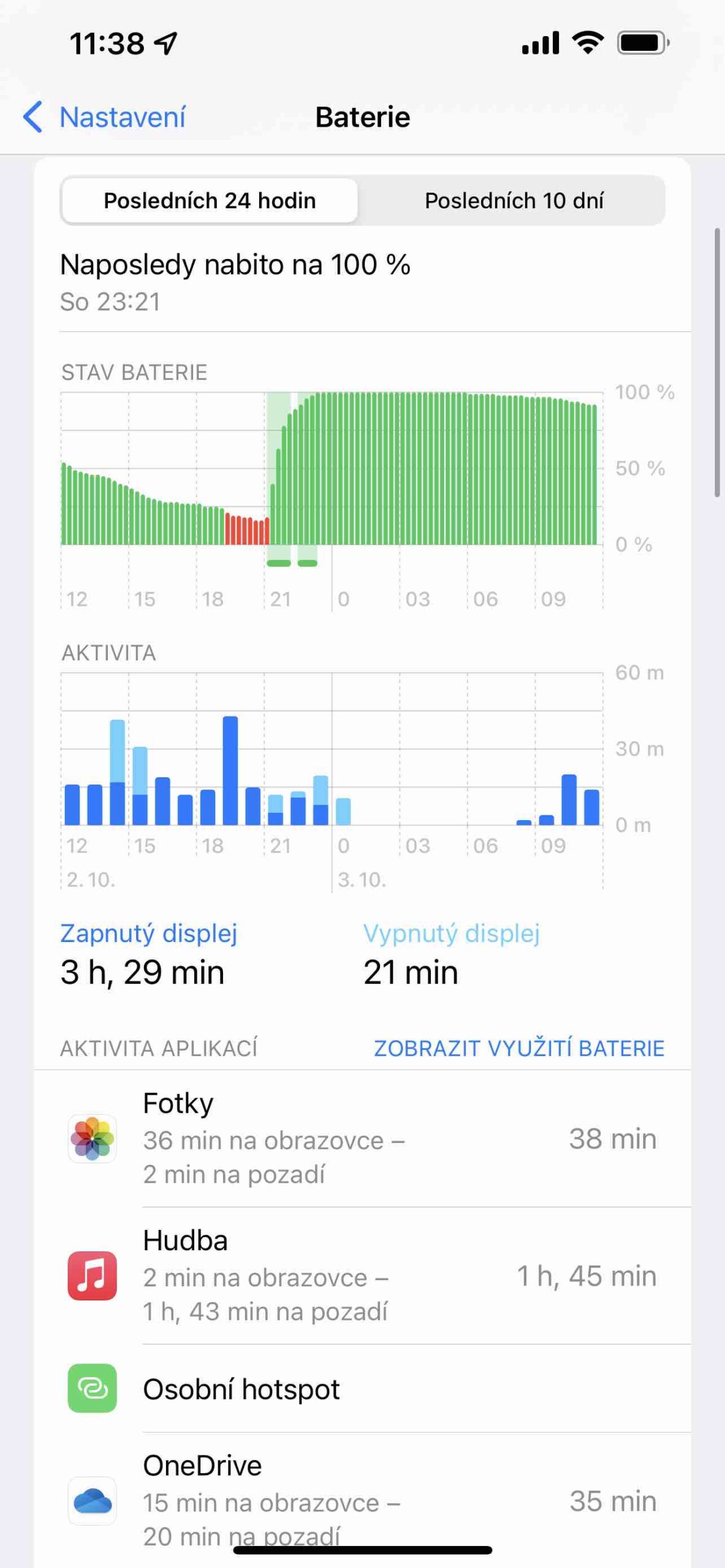
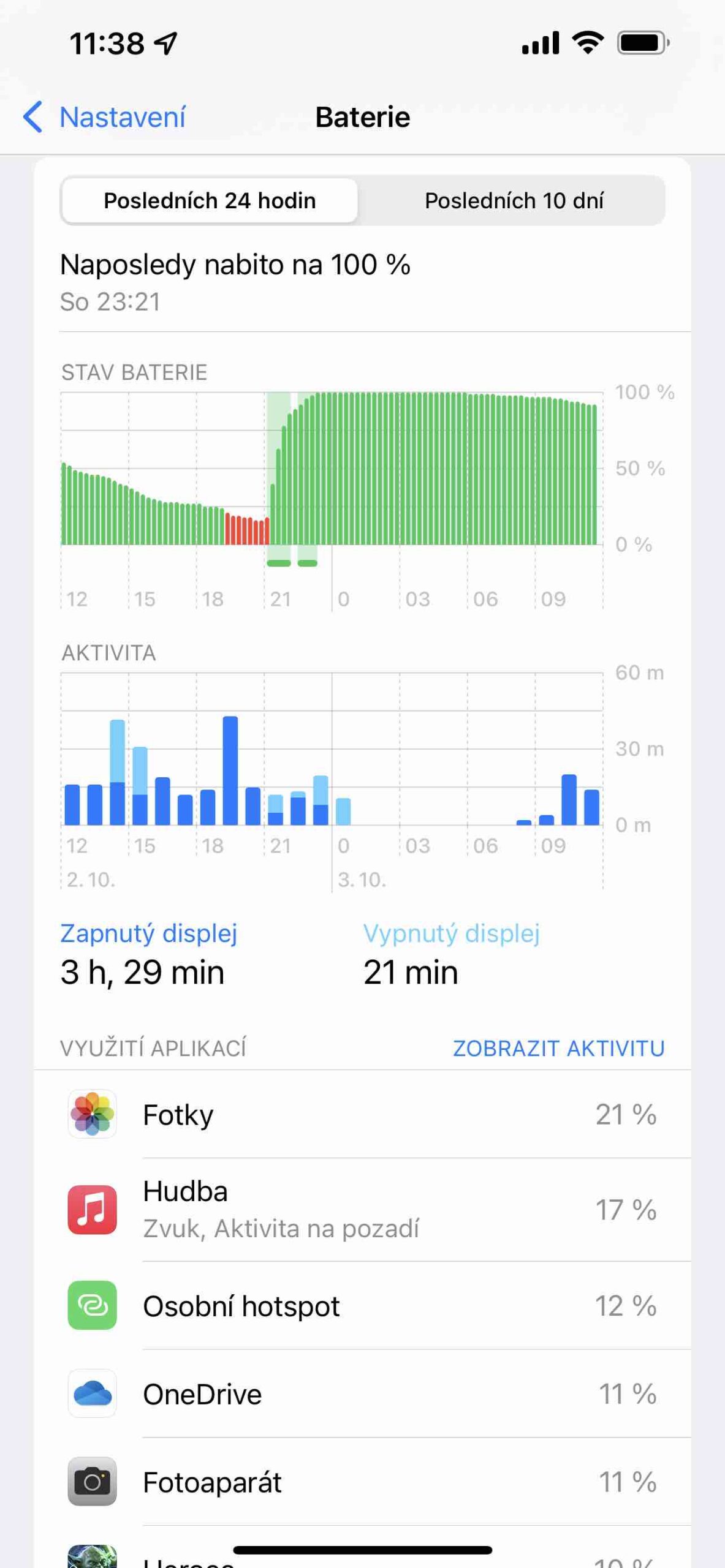

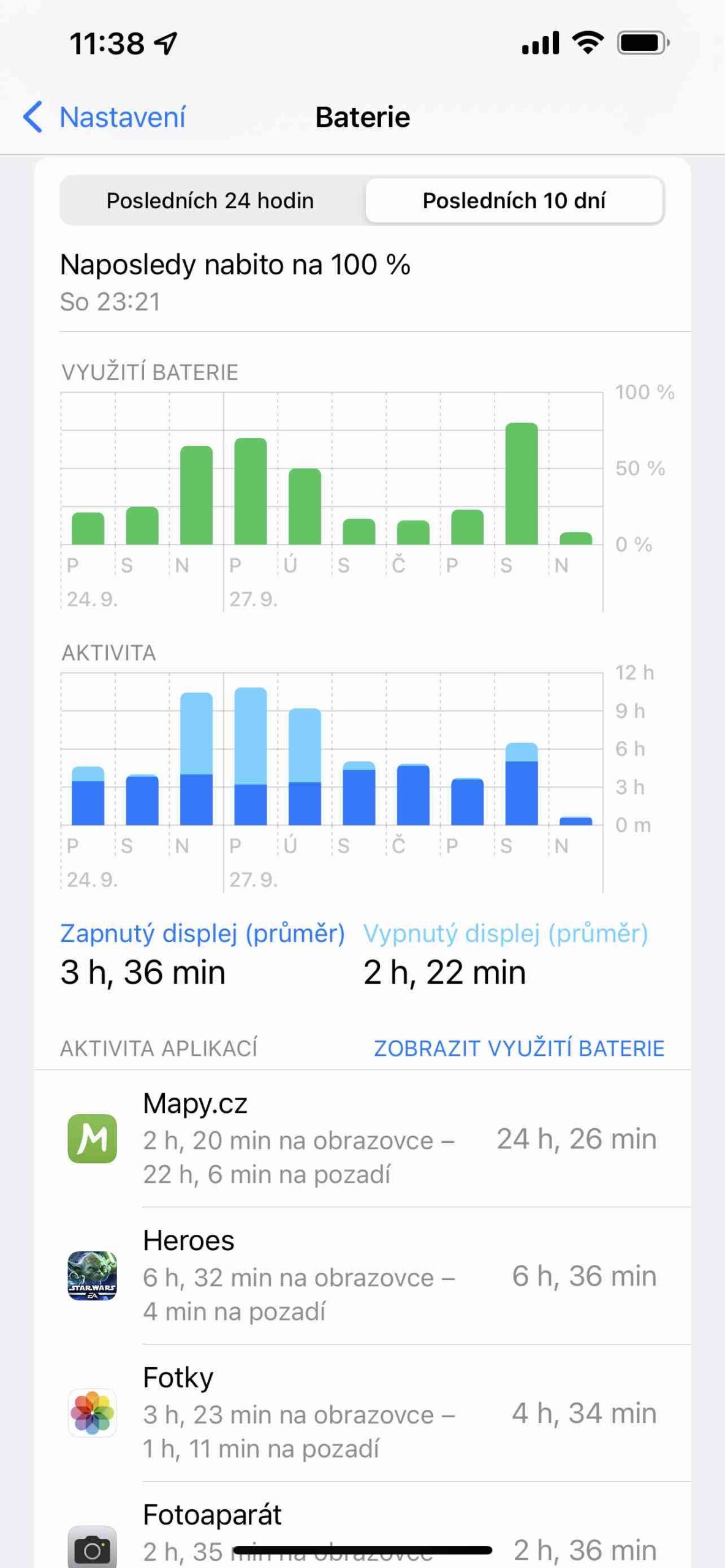
 Adam Kos
Adam Kos 
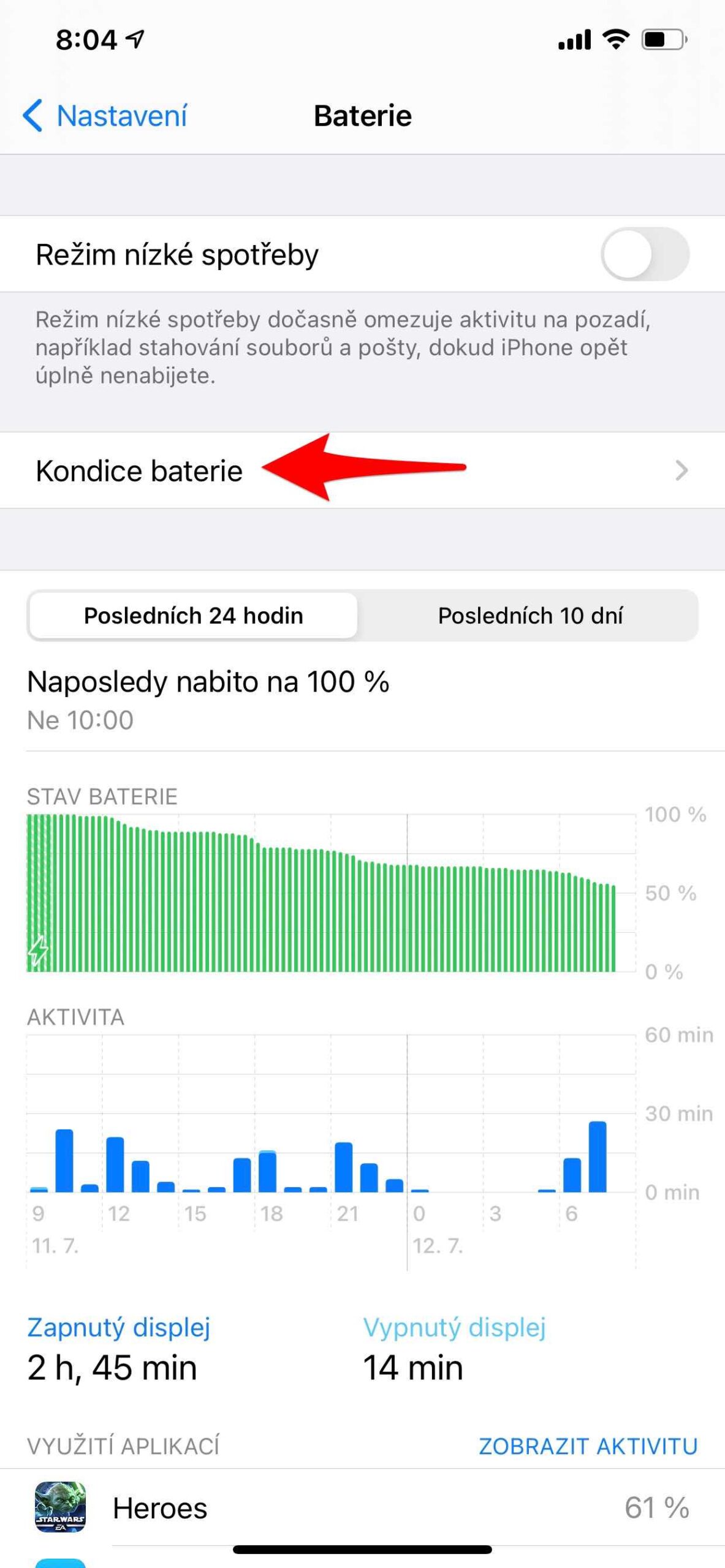
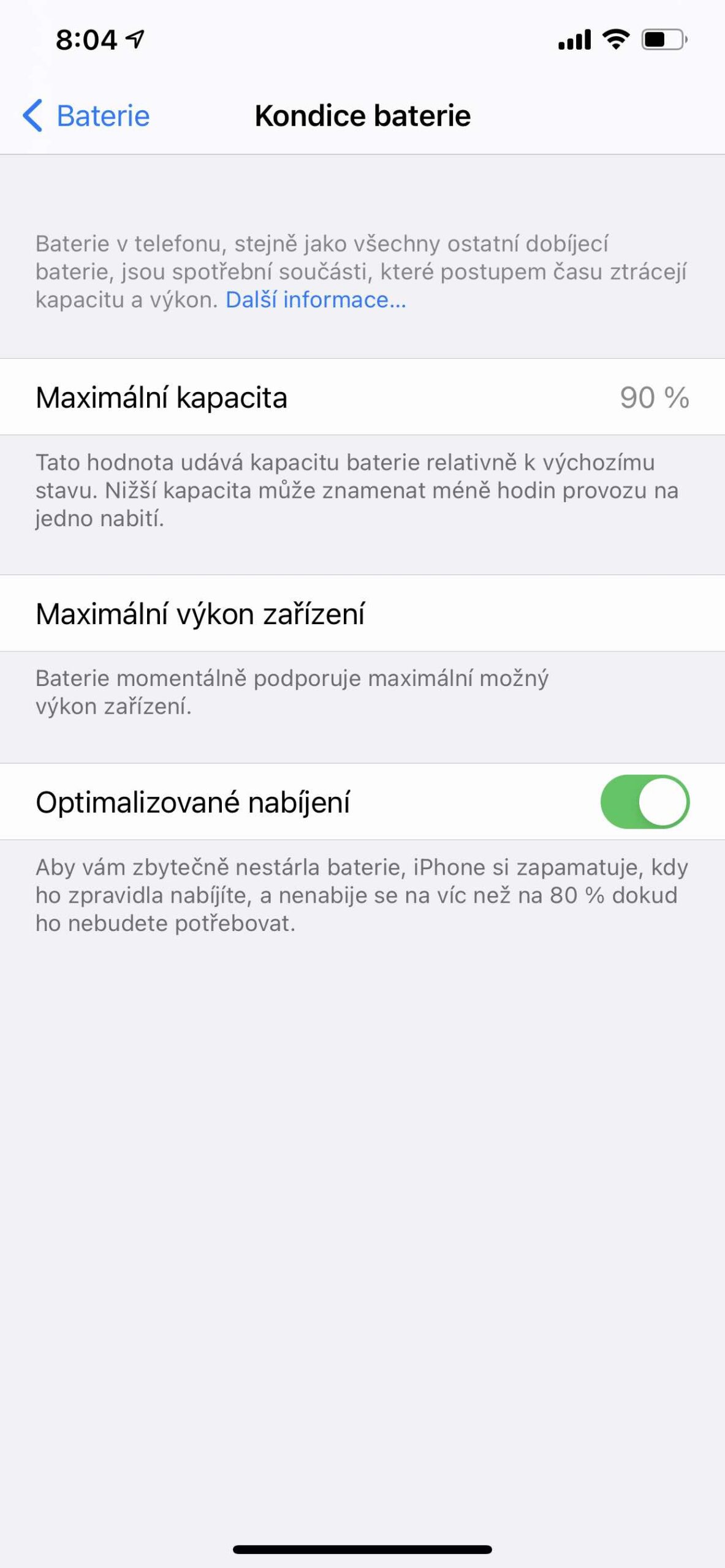
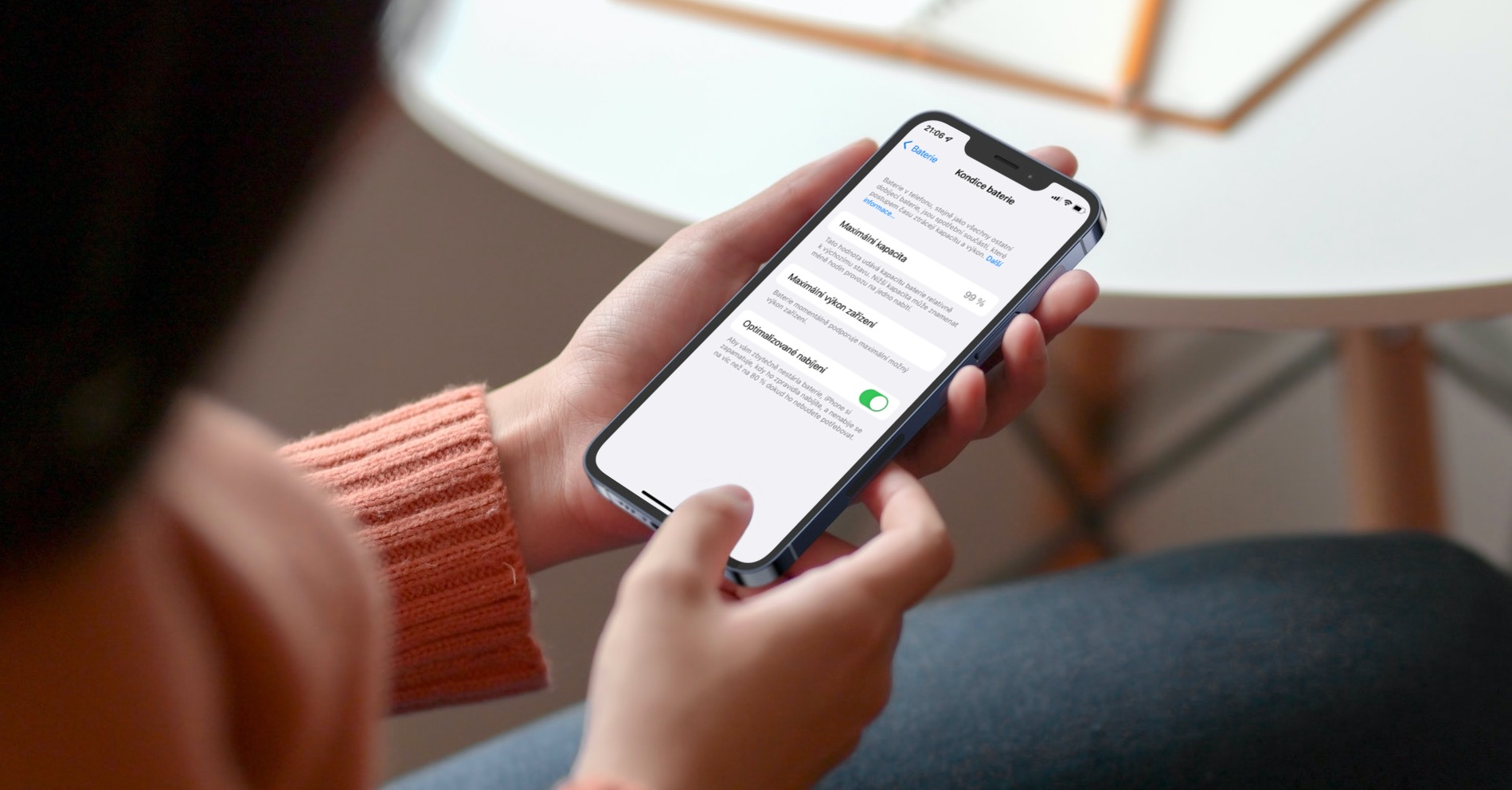
Is it any advantage to run a senseless amount of amps into the battery and significantly shorten its life due to increased wear with each charging cycle? Maybe none of the users can solve it with Chinese phones for a few thousand, but the iPhone should last longer than the warranty period. Personally, I find charging to be fast. How long does it take to charge 5W from 20% to 80%? An hour? That's too much? Anyway, I practically always charge it overnight, so an hour here, an hour there...
The author of the article knows absolutely nothing about batteries, Apple knows very well why it is the way it is. The author should first study the topic and not just the advertising nonsense of the competition.
I read your comment out loud ladies. He asks, what exactly do you mean, that you managed to earn money on an iPhone at all. She can't handle it. And I confess that neither do I.
Allah be with you…
Please, Vojta, can you explain to us professionally how it is? let all the manufacturers in the world, employing the best scientists in the world, think and change what they have been doing for 20 years? Thanks a lot
So we know that faster charging wears out the battery faster, don't we? Why does the battery of EV cars run out earlier if you charge with the maximum current.
I don't know, but I put the iP13Pro Max in the charger overnight with 50-65% battery. When I sometimes need to charge faster, even the 20w charger I have is enough for me.
And did no one think that fast charging can be turned off and on only when needed? :D